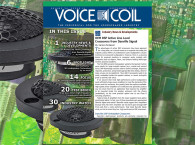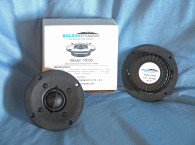Over the last 20 years, Malikov has worked at Ultrasound Technologies; at industry legend Morel as a QC manager and a transducer engineer; and at Accuton, the very well-known high-end driver OEM, as a production engineer for more than 8 years. For the last 3.5 years BlieSMa has been producing some very high-quality OEM high-frequency transducers and has now introduced four more 25mm domes to its catalog.
Three of the four are being featured in this month’s Test Bench article. All three tweeters appear to be built on the same platform, but optimized for each diaphragm material. The versions being tested this month are the T25S silk dome, the T25B Beryllium dome, and the T25D diamond dome tweeter. These will be explicated in that order, starting with the T25S silk dome model.
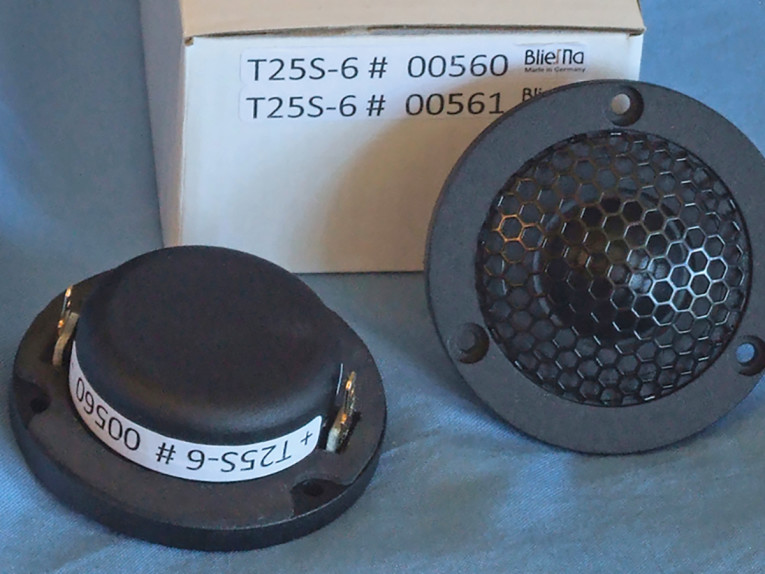
In terms of features, all three share pretty much the same feature set:
25mm dome diaphragm — both the Beryllium and Diamond domes have a first break-up mode in the ultrasonic range
Extremely low moving mass — Mms=0.16g (silk), 0.10g (Beryllium), and 0.15g (diamond)—for better transient response and higher output
Fully saturated neodymium motor with a copper sleeve shorting ring for low nonlinear and modulation distortion
2mm linear excursion and a large pole vent for low distortion low-frequency operation
Narrow surround for less “soft dome” coloration
Flush-mounted surround and a rear-mounted magnet system for flat frequency response and wide off-axis response
No Ferrofluid for improved dynamics
Underhung voice coil with a Titanium former
Flexible and lightweight tinsel leads from Denmark
Thick powder-coated mounting flange
Aluminum rear chamber with wool damping material
Gold-plated terminals
Extremely wide frequency range 2.2kHz to 22kHz (silk), 2.2kHz to 40kHz (Beryllium and diamond)
BlieSMa T25S-6 Silk Dome
I began testing the T25S-6 silk dome version (Photo 1), using the LinearX LMS analyzer to produce the 300-point impedance sweep illustrated in Figure 1. The T25S impedance resonance occurs at a moderately low 894.5Hz (factory spec is 940Hz). With a 5.24Ω DCR (Re) (factory spec is 5.2Ω), with the minimum impedance for this tweeter measuring 5.47Ω at 5.28kHz.

After completing the impedance testing, I recess mounted the T25S-6 tweeter in an enclosure that had a baffle area of 12” × 6”. Then I measured the device under test (DUT) using the LoudSoft FINE R+D 192kHz analyzer and the GRAS 46BE microphone (courtesy of LoudSoft and GRAS Sound & Vibration) both on- and off-axis from 200Hz to 40kHz at 2.0V/0.5m, normalized to 2.83V/1m (one of the really outstanding tricks FINE R+D can do), using the cosine windowed FFT method. All of these SPL measurements also included a 1/6 octave smoothing.
Figure 2 shows the T25S-6 on-axis response to be a flat ±2.75dB from 1kHz to 35kHz with zero diaphragm break-up modes. Figure 3 gives the on- and off-axis response of the T25S-6 high frequency device. The off-axis curves normalized to the on-axis response are shown in Figure 4. And, the CLIO 180° polar plot (measured in 10° increments) is shown in Figure 5. Figure 6 shows the two-sample SPL comparison, indicating the two samples were closely matched to within 1.25dB or less throughout most of its operating range.

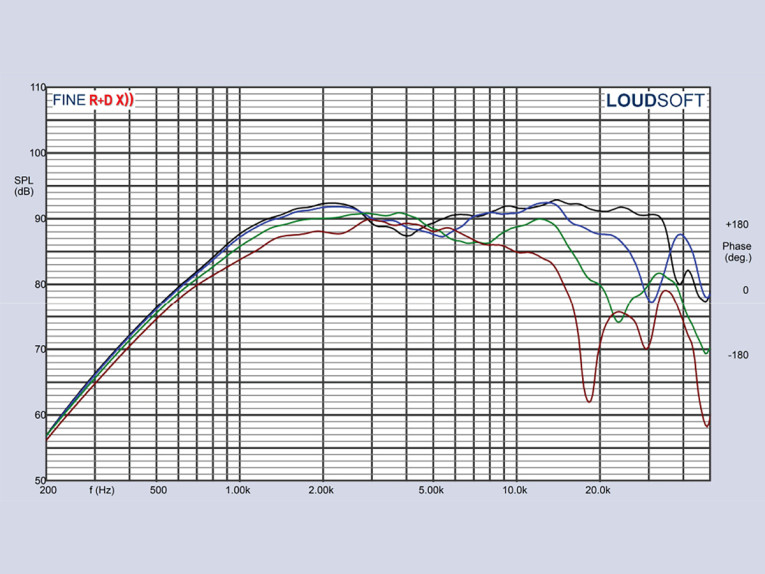
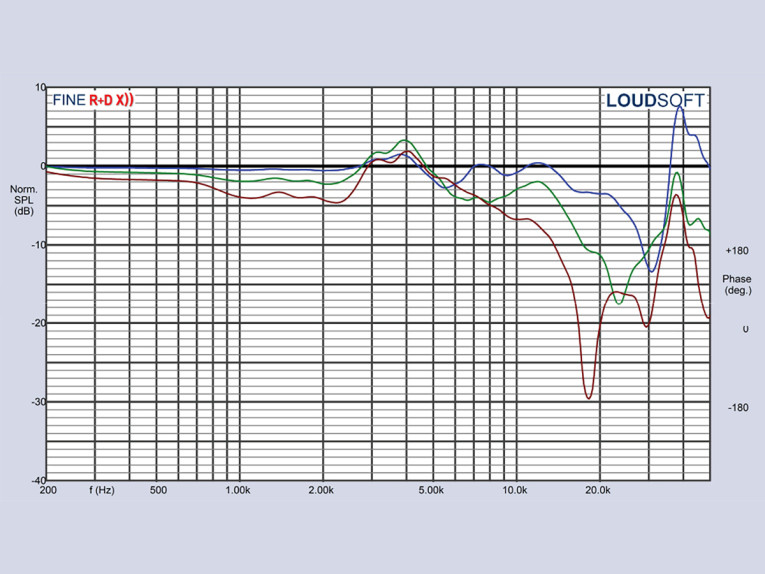
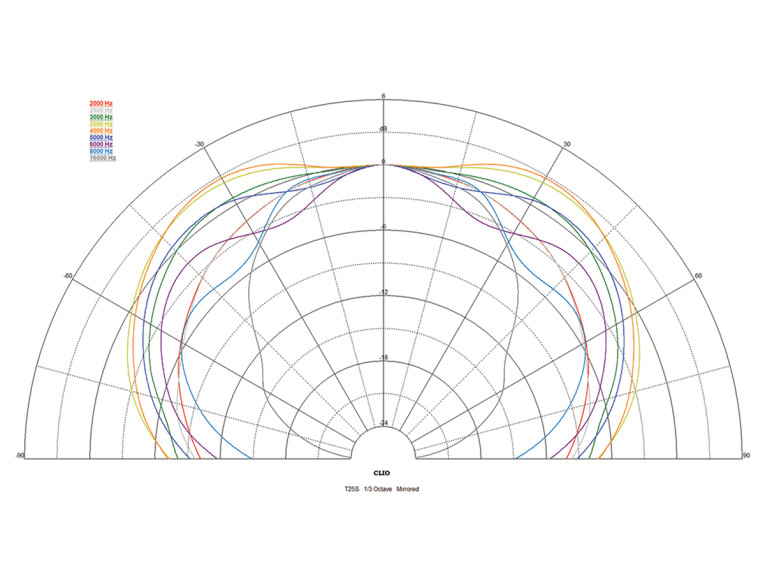
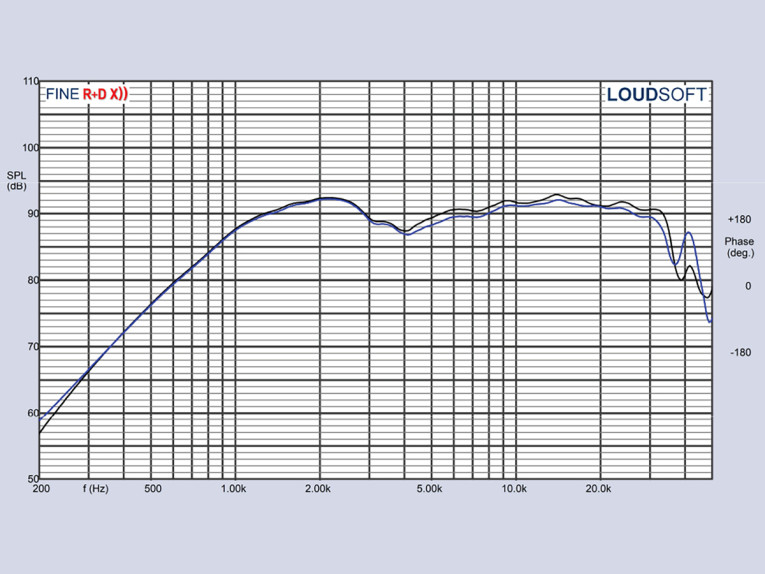
The next test procedure was to initiate the Listen, Inc. AudioConnect analyzer along with the Listen SCM 1/4” microphone (provided courtesy of Listen. Inc.). I used the SoundCheck 18 software to measure the impulse response with the tweeter recess mounted on the test baffle. Importing the impulse response into the Listen SoundMap software resulted in the cumulative spectral decay (CSD) plot (commonly referred to as a “waterfall” plot) given in Figure 7. I used the same data to produce the Short Time Fourier Transform (STFT) displayed as a surface plot shown in Figure 8.

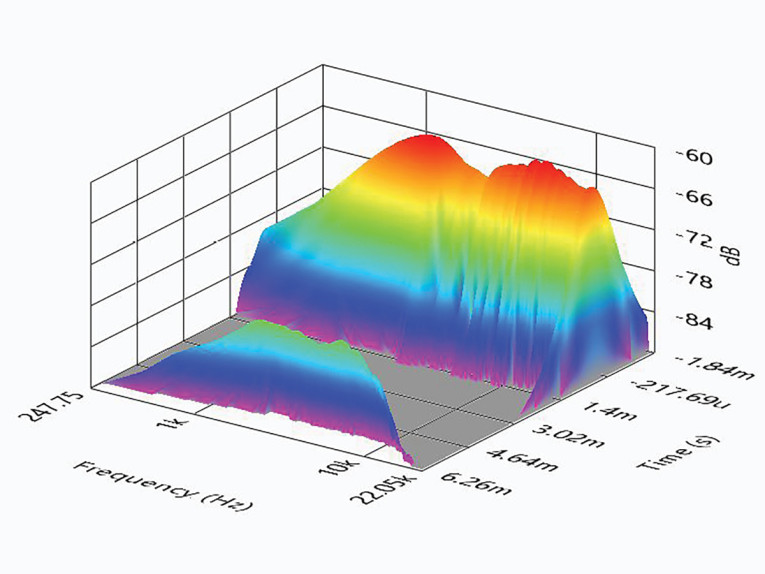
For the last objective test, I set the 1m SPL to 94dB (2.54V for the silk dome) using a pink noise stimulus (SoundCheck has a built-in generator and SLM utilities for this purpose), and measured the second (red curve) and third (blue curve) harmonic distortion at 10cm, depicted in Figure 9.
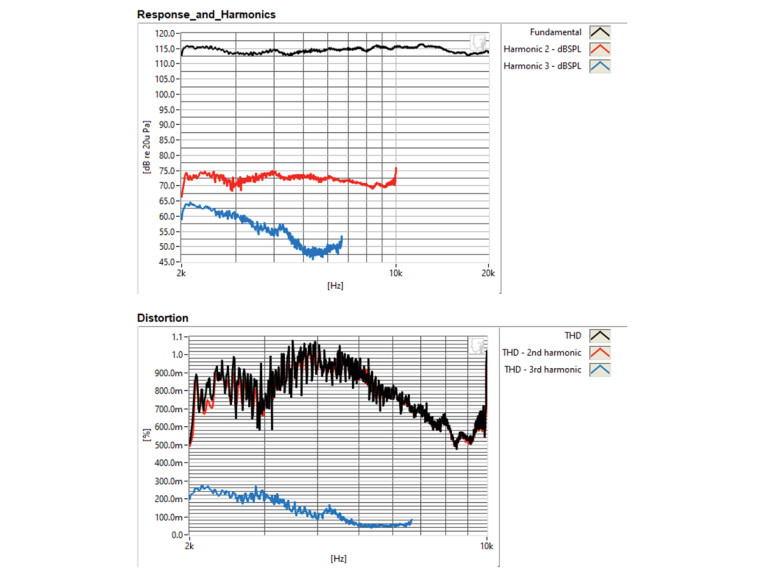
BlieSMa T25B-6 Beryllium Dome
Moving on to the Beryllium version, testing commenced for the BlieSMa T25B-6 Beryllium dome depicted in Photo 2, and also started using the LinearX LMS analyzer to produce the 300-point impedance sweep illustrated in Figure 10. The T25B impedance resonance occurs at a moderately low 894.5Hz (factory spec is 1050Hz). With a 5.25Ω DCR (Re) (factory spec is 5.2Ω), with the minimum impedance for this tweeter measuring 5.47Ω at 10.3kHz.

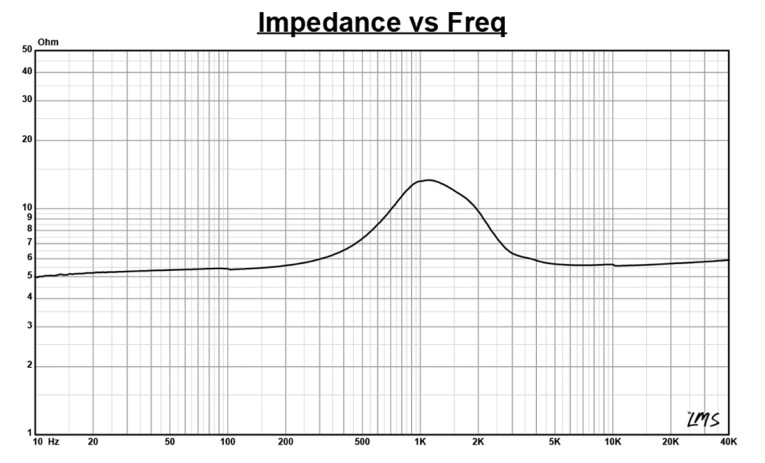
After finalizing the impedance testing, I recess mounted the T25B-6 Beryllium dome tweeter in an enclosure that had a baffle area of 12” × 6” then measured the DUT again using the LoudSoft FINE R+D 192kHz analyzer and the GRAS 46BE microphone both on- and off-axis from 200Hz to 40kHz at 2.0V/0.5m normalized to 2.83V/1m using the cosine windowed FFT method. All of these SPL measurements had a 1/6 octave smoothing applied.
Figure 11 shows the BlieSMa T25B-6 on-axis response to be a flat ±2.5dB from 1.3kHz to 42kHz (±2.0dB from 2.4kHz to 28kHz), with the Beryllium diaphragm break-up mode centered on 48kHz. Figure 12 gives the on- and off-axis response of the T25B-6 high-frequency device, with the off-axis curves normalized to the on-axis response in Figure 13. The CLIO 180° polar plot (measured in 10° increments) is shown in Figure 14. Figure 15 shows the two-sample SPL comparison, indicating the two samples were closely matched to within 0.9dB throughout most of its operating range.

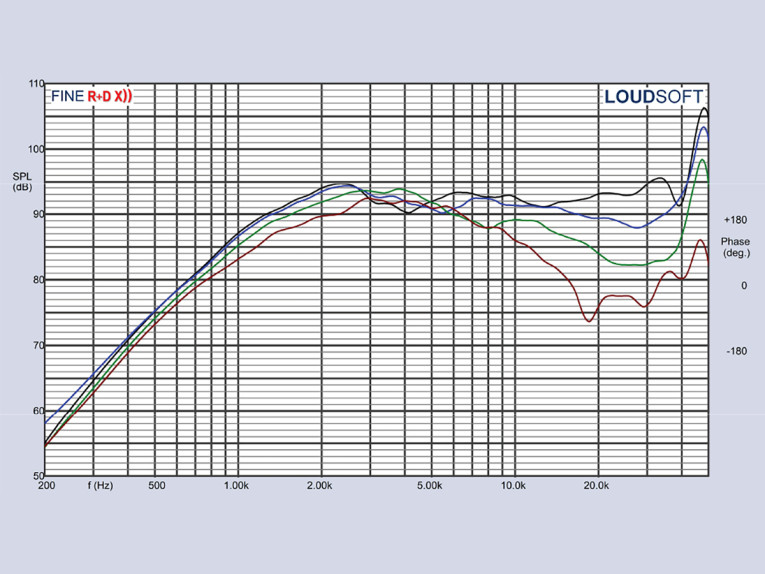
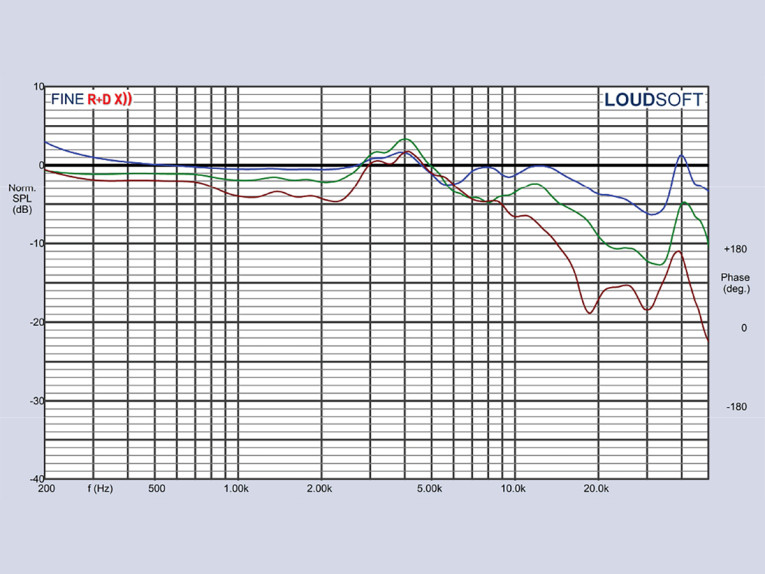
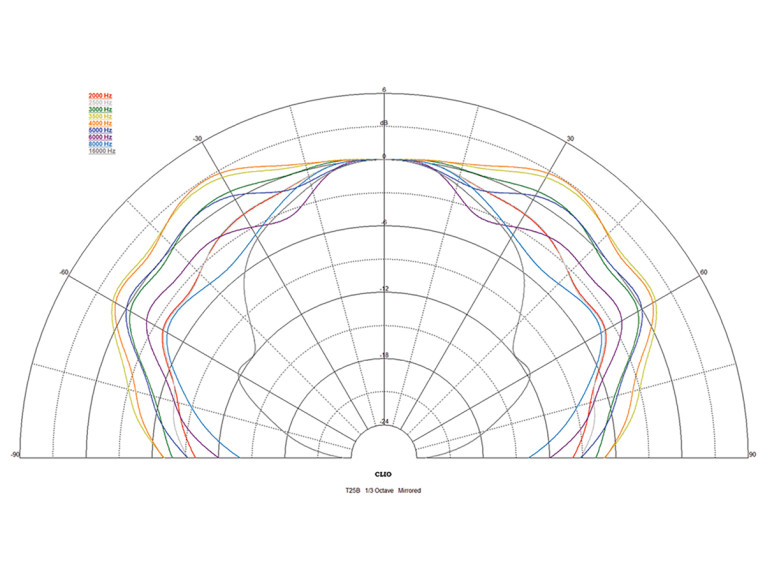
Figure 14: BlieSMa T25B-6 180° horizontal plane CLIO polar plot (in 10° increments)

For the next test procedure, I again used the Listen AudioConnect analyzer along with the Listen SCM 1/4” microphone (provided courtesy of Listen. Inc.). I used SoundCheck 18 to measure the impulse response with the tweeter recess mounted on the test baffle. Importing the impulse response into the Listen SoundMap software resulted in the CSD waterfall plot shown in Figure 16. I then used the same data to produce the STFT displayed as a surface plot in Figure 17.

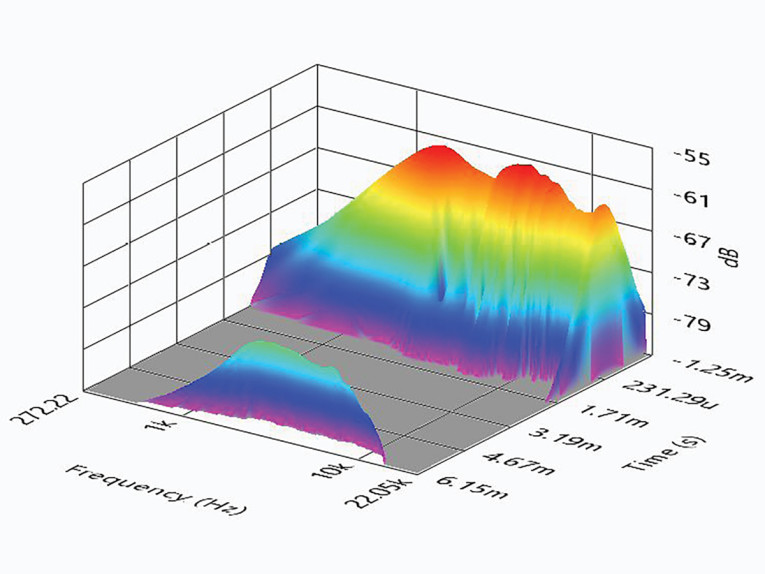
For the last SoundCheck test, I set the 1m SPL to 94dB (2.82V for the Beryllium dome) using a pink noise stimulus, and measured the second (red curve) and third (blue curve) harmonic distortion at 10cm, depicted in Figure 18.
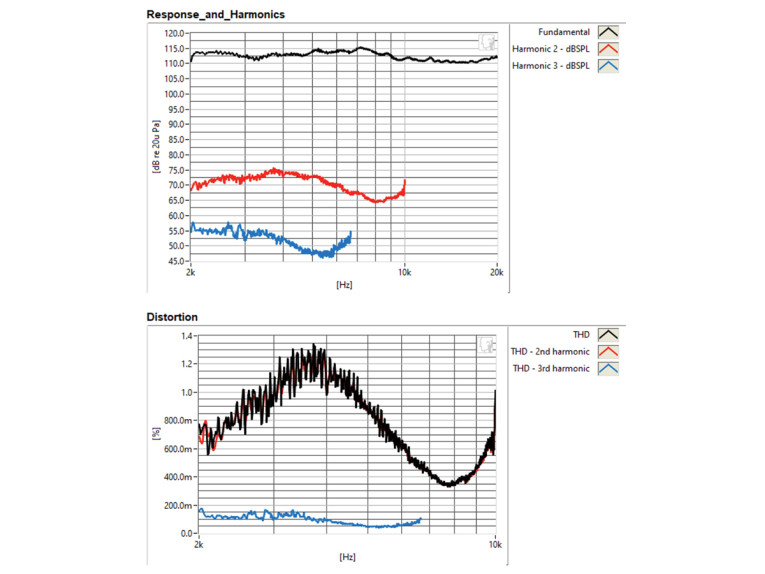
BlieSMa T25D-6 Diamond Dome
The last device I tested was the diamond dome BlieSMa tweeter, which is still a rather exotic tweeter diaphragm material. Testing for the T25D-6 diamond dome version seen in Photo 3, commenced one last time using the LinearX LMS analyzer to produce the 300-point impedance sweep illustrated in Figure 19. The BlieSMa T25D-6 impedance resonance occurs at 1.12kHz (factory spec is 870Hz). With a 5.18Ω DCR (Re) (factory spec is 5.2Ω), with the minimum impedance for this tweeter measuring 5.58Ω at 10.28kHz.
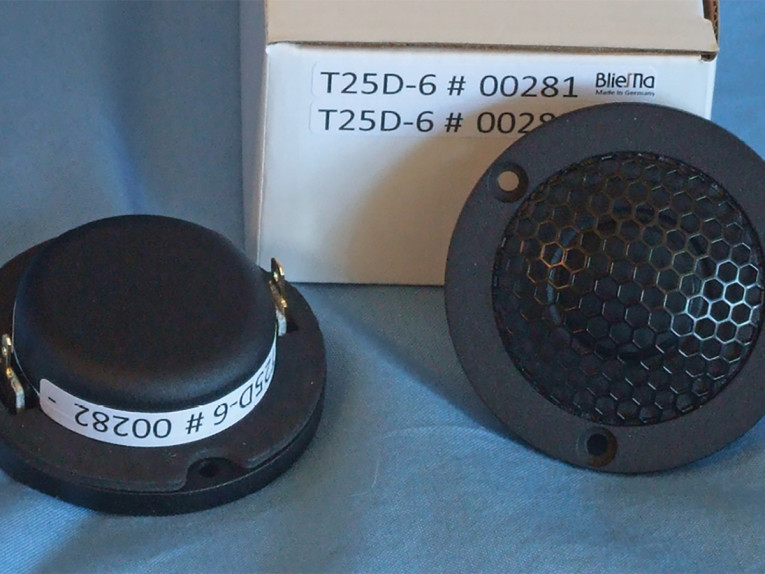

Figure 20 shows the BlieSMa T25D-6 tweeter’s on-axis response to be a flat ±2.5dB from 1.2kHz to 37kHz (±2dB from 2.8kHz to 37kHz), with the diaphragm break-up mode located above 50kHz, even higher than the Beryllium diaphragm. Figure 21 gives the on- and off-axis response of the T25D-6 BlieSMa high-frequency device. Figure 22 shows the off-axis curves normalized to the on-axis response. Figure 23 gives the CLIO 180° polar plot (measured in 10° increments). The two-sample SPL comparison is illustrated in Figure 24, indicating the two samples were closely matched to ≤ 0.25dB throughout this BlieSMa tweeter’s entire operating range.
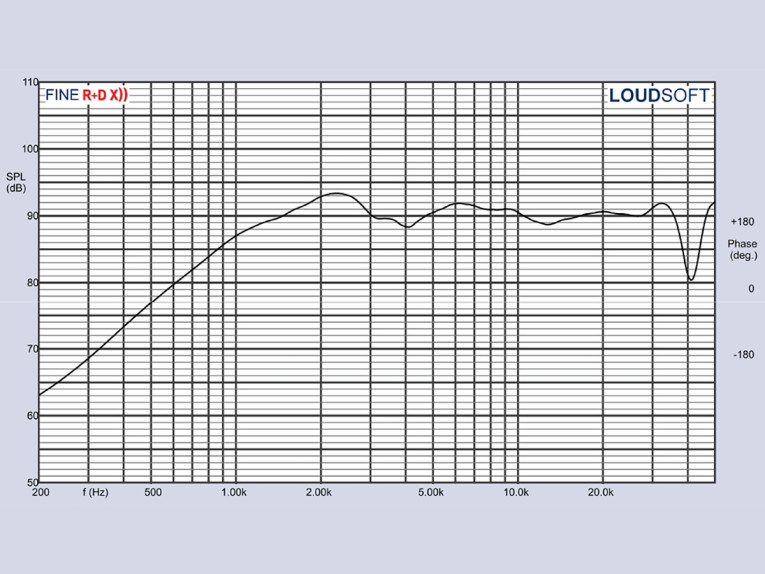

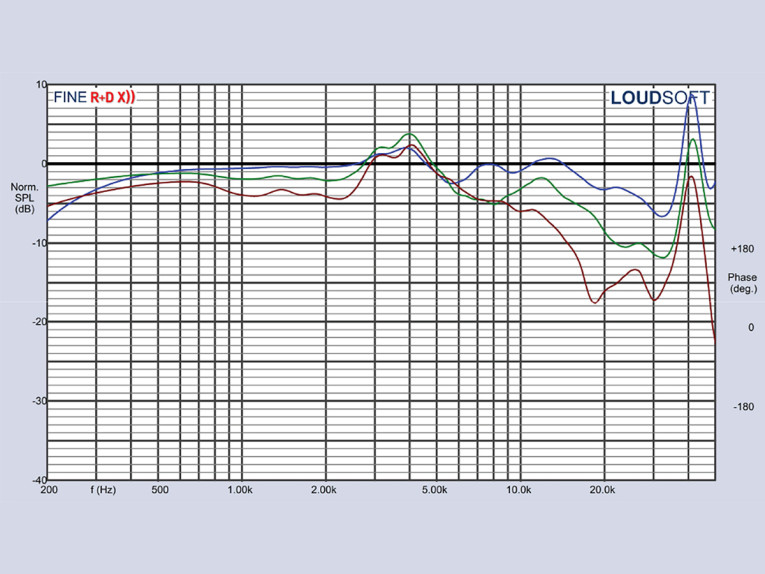
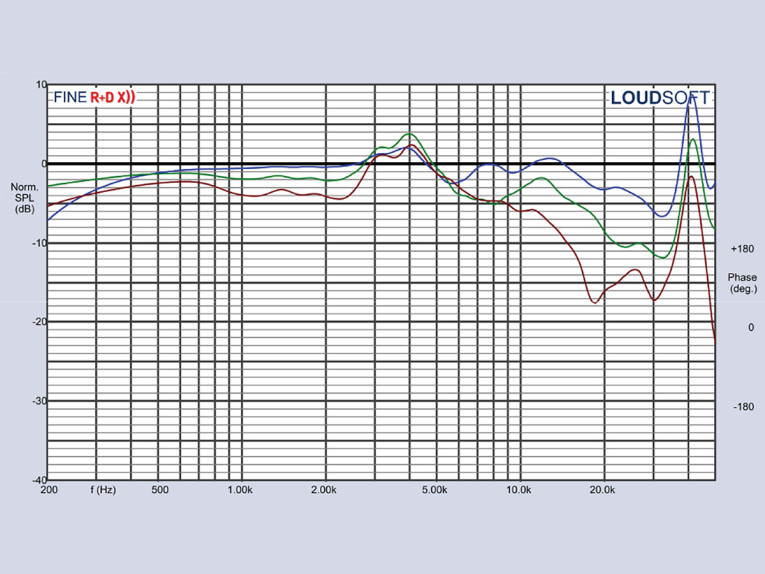

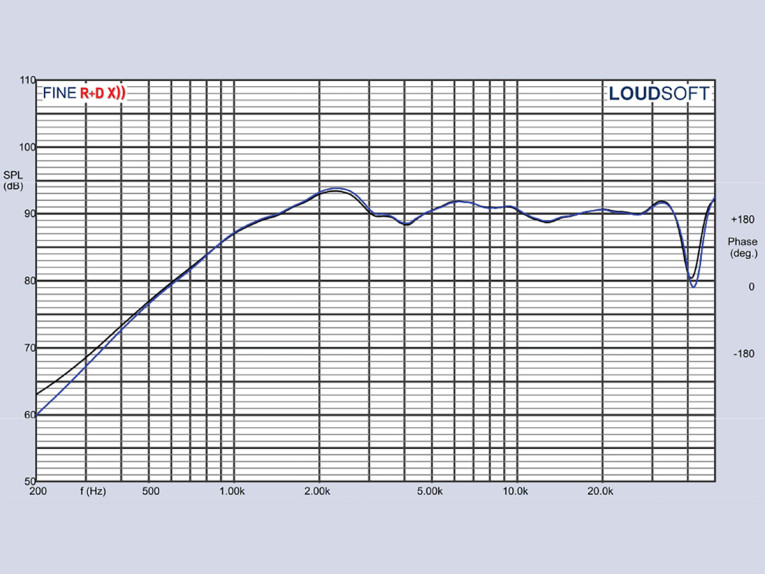
For the final set of test procedures, I again configured the Listen AudioConnect analyzer (along with the Listen SCM 1/4” microphone all provided courtesy of
Listen, Inc.) I then used SoundCheck 18 to measure the impulse response with the tweeter recess mounted on the test baffle. Importing the impulse response into the Listen Inc. SoundMap software resulted in the CSD waterfall plot given in Figure 25. Figure 26 used the same data to produce the STFT displayed as a surface plot.


For the last objective test, I set the 1m SPL to 94dB (3.90V) using a pink noise stimulus, and measured the second (red curve) and third (blue curve) harmonic distortion at 10cm, illustrated in Figure 27.

After the first BlieSMa product (the T34A-4) was released to the OEM driver market, it was obvious that Malikov and his company, BlieSMA, are skilled practitioners. These three new 25mm dome tweeters also have the same fit, finish, and overall outstanding build quality and performance befitting OEM transducer products intended for the high-end loudspeaker market.
For more information, visit www.bliesma.de. VC
This article was originally published in Voice Coil, September 2021.
Editor’s Note: There was a mistake in the original Bliesma tweeter reviews in the printed edition of Voice Coil’s September 2021 issue. The impedance plots for the Bliesma T25B Beryllium diaphragm tweeter and the Bliesma T25D diamond diaphragm tweeter were reversed in the print edition (this online article shows the correct plots). The correct impedance for both tweeters is given in Figure A with the solid black curve for the T25D and the blue dashed curve for the T25B.





